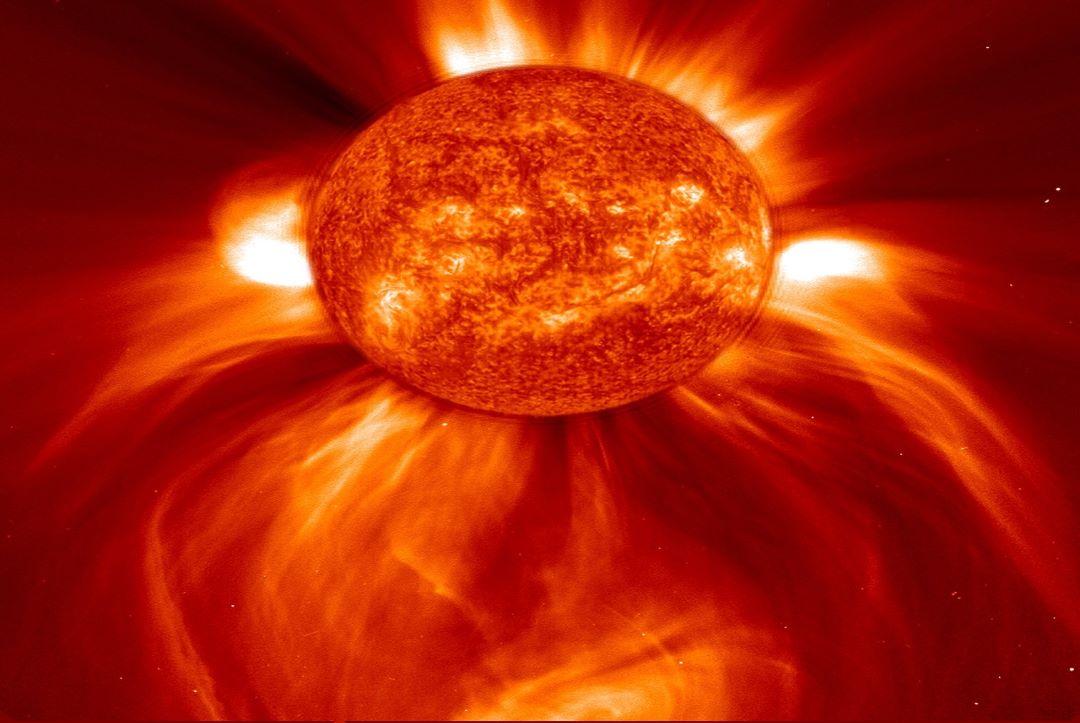Our sun is not on fire like all stars which it is our sun is a ball of plasma mainly comprising hydrogen and helium atoms their nuclear fusion generates the immense energy of our sun

Our Sun: A Ball of Plasma

The sun, our closest star, is not on fire. Unlike a typical fire that we observe here on Earth, the sun is an extraordinary celestial object made up of plasma. This h3mpowering fact highlights the uniqueness and marvel of our sun. So, what exactly is this plasma?
Plasma, often described as the fourth state of matter, is a hot, ionized gas in which electrons separate from their atoms. Like all stars, our sun is essentially a massive sphere of plasma predominantly composed of hydrogen and helium atoms. Nuclear fusion reactions within the sun generate its immense energy, making it the vibrant and lively star it is. This energy release is the result of the merging of light atoms to create heavier ones, a process known as nuclear fusion.

The sun’s core serves as the birthplace of nuclear fusion. Under the incredible pressure and extreme temperatures at its core, hydrogen atoms combine to form helium atoms. This fusion process releases a tremendous amount of energy in the form of light and heat. This energy gradually makes its way to the sun’s outer layers, where it is emitted into space. This fusion reaction continually balances the gravitational forces that attempt to compress the sun’s core, maintaining its equilibrium.
The energy generated by our sun is truly mind-boggling. Every second, approximately 600 million tons of hydrogen are converted into 596 million tons of helium. The remaining 4 million tons of matter is converted into energy, following Einstein’s famous equation E=mc². This energy is then radiated outward, illuminating our solar system and providing the essential light and heat required for life on Earth.
Understanding the composition of the sun and the process of nuclear fusion is crucial not only for astronomy enthusiasts but also for researchers and scientists studying the universe. By analyzing and studying our sun, we gain valuable insights into the life cycles and behaviors of stars throughout the cosmos. Moreover, unraveling the mysteries of the sun helps us better understand its potential impact on Earth’s climate, space weather, and even our technological infrastructure.
In conclusion, the sun is not on fire but is a captivating ball of plasma. Composed primarily of hydrogen and helium atoms, the sun’s nuclear fusion reactions generate an immense amount of energy. This energy sustains the sun, providing vital light and heat to our planet and allowing life to flourish. By delving into the wondrous nature of our sun, we gain a deeper appreciation for the incredible forces at play in the universe.
Source: Quantamagazine.org
Related Posts
Quick Links
Legal Stuff

